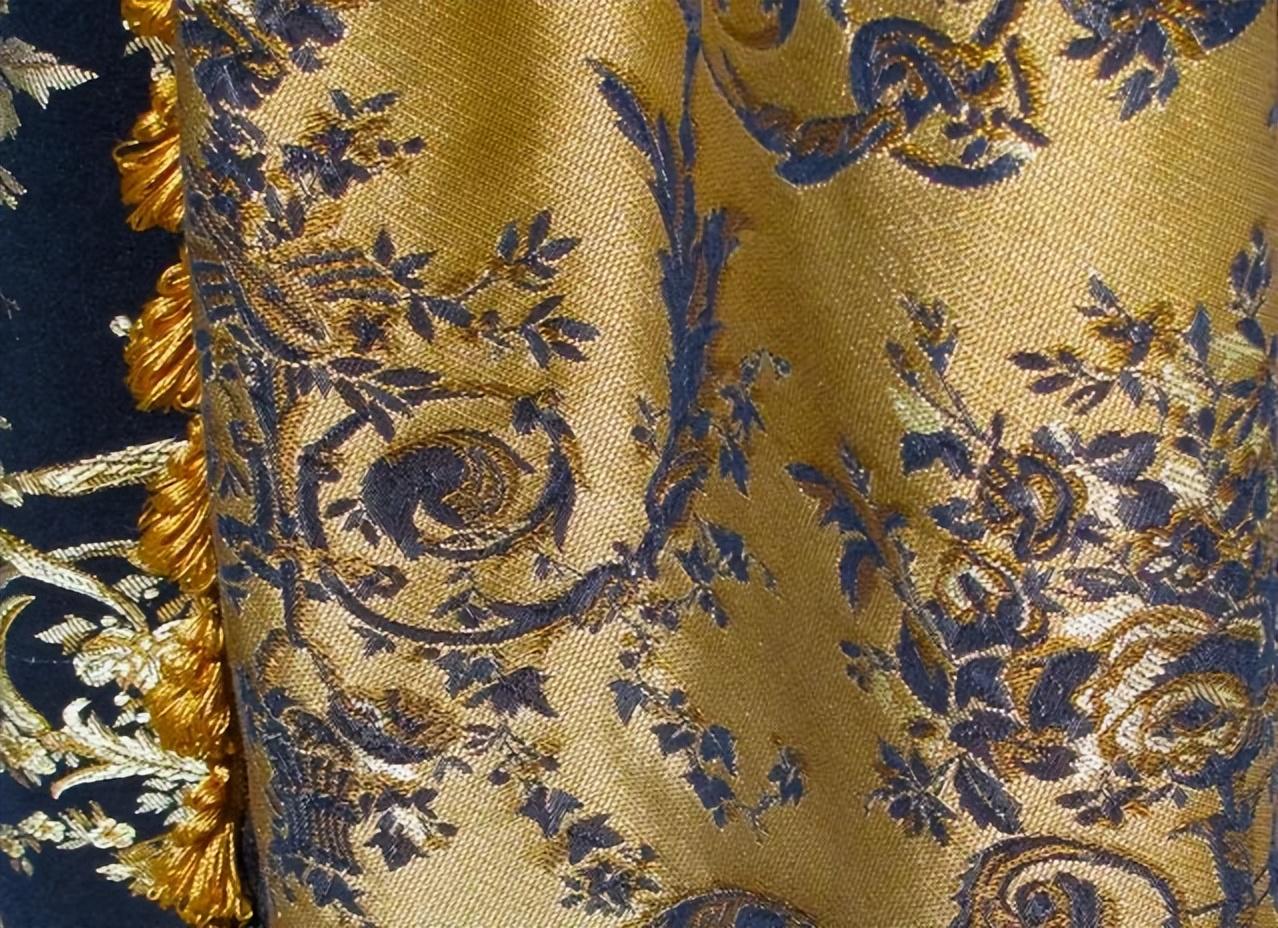Neon silk is also known as black rubber silk. The traditional production of weed silk is made of domestic silkworm silk and is woven on a jacquard hand-drawn machine. After plain weave fabric, use a unique plant-Dioscorea
Cirrhosa
Lour)’s tuber sap is soaked and dried many times to make the fabric adhere to a layer of yellow-brown gel. Then the pond mud containing high-priced iron ions is evenly coated on the surface of the fabric, and it is made after repeated drying and washing. The fabric, which is black on the front and brown on the bottom, is an expensive gauze product and is regarded as the finest Chinese silk. Butternut silk is originally produced in the Nanhai area of Guangdong Province, China.

Why is hyacinth silk popular:
The silk has the effect of anti-allergy and nourishing the skin. The more comfortable you travel, the cooler you travel. The cooler you travel, the more healthy you become. The original material of Dioscorea is like the one I am wearing, which is black on the front and dark brown on the back. It is these two colors, but in my mind, the Dioscorea silk dyed with Dioscorea is a living fabric. When you are young and mature, it will slowly become more connotative and richer, because it will slowly change and enrich with washing time and time again. Dioscorea is my favorite, and through our efforts it has become a national intangible cultural heritage protected object.
Introduction to the silk craftsmanship:
1. The traditional dyeing and finishing process is as follows: Refining the raw silk → Soaking the potato juice once → Drying → Sprinkling the juice 6 times → 6 times of sealing juice → 1 time of boiling → 12 times of sealing → 1 time of boiling → 1 time of sealing → Rolling silk → Blackening → Washing → Sun-drying → Spreading fog → Tenttering → Assembly . In the above-mentioned dyeing and finishing process, operations such as soaking the water hyacinth juice, spraying the water, sealing the water hyacinth juice, boiling the silk, and passing the pond mud can be completed.
2. The traditional dyeing and finishing process can also be divided into 6 steps: Gray silk Refining→spraying→impregnating→drying→re-impregnating→defining width.







